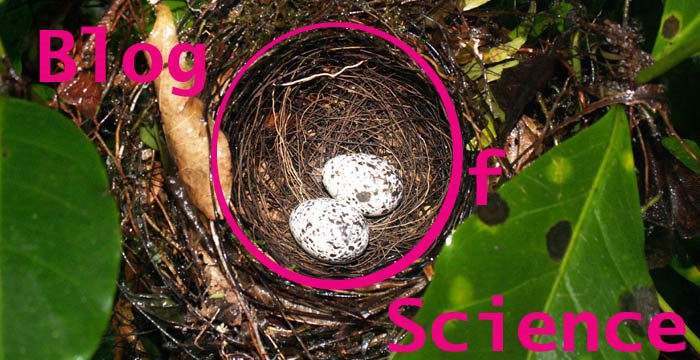Walking back to the
Valley Life Sciences Building this afternoon, I passed a large tour group of high-school students and their parents being led by an undergraduate. One mother, snickered into her cell phone, "they have an heeeeerb lab. They study herbs. This place is crazy. Crazy! No, no, no, the tour guide said they had a whole museum of herbs. I'm like what, parsley?!"
It took me an instant to figure out that she was talking about the
University and Jepson Herbaria, a research museum dedicated to the study of plants generally, not culinary herbs in particular.
I emailed this story to the other grad students in my department. Many of them responded that they had heard the tour guides telling the tour groups all sorts of misleading and false information, including that a herbarium is a museum for studying cooking herbs.
Here are some other examples of overheard falsehoods made up by university tour guides to impress their tour groups and relayed to me by other grad students. Several of these things were independently reported by more than one observer:
- The Cretaceous display in front of the Herbaria contains extinct plants... Berkeley scientists rediscovered their ancient DNA, amplified it, germinated seedlings, and planted them there for museum visitors. (The display is of plants of types similar to those which existed during the Cretaceous, none of which have ever been extinct)
- The T. rex may be as many as 5 million years old. (It is at least 65 million years old)
- The T. rex came to the paleontology museum in a giant puzzle
box and when it got here, the paleontologists didn't know what to do with
it. One of the employees was about to get fired but he was able to figure
out how to put it back together so he was able to save his job. This man
is now the assistant director of the museum. (A complete fabrication, truth
here)
- The T. rex is named "Osborn". (Sue)
- T. rex (the species) was discovered by Berkeley paleontologists. (False)
- Most of the UCMP fossils are actually in the Campanile. (False)
- UCMP geologists discovered asteroids. (False)
- The giant ammonite in the first floor south hallway is from a time on
Earth where everything was giant, even the snails. (Hilarious and false)
- The Herbaria is home to the world's largest pinecone, but they don't put
it on display because they are worried someone will steal it. (Goofy and false)
- The Herbaria has one example of every plant species known to man. (They wish)
- The plants outside the herbaria went extinct around the time T. rex went
extinct. (False)
- MVZ scientists save stem cells from each animal they capture in order to
help genetically engineer new animals to save endangered species from
going extinct. (And then we take over the world!)
- The Eucalyptus tree is native only to Berkeley, Australia, and New Zealand. (actually only Australia, New Guinea, eastern Indonesia and the Philippines)
- The Eucalyptus grove is protected by an Act of Congress and can never be
cut down for any reason. (Pure fabrication)
- Strawberry Creek used to flow all the way to the Ocean but then they
built roads over it and then there wasn't enough water so all the
strawberry plants that used to grow next to it died off. (A large portion of Strawberry creek between campus and the bay has been undergrounded. The rest is false.)
- The pterodon skeleton is hanging above the T-rex because they always flew over the T-rexes to keep them in view so the T-rex couldn't sneak up on them. (Awesomely hilarious)



